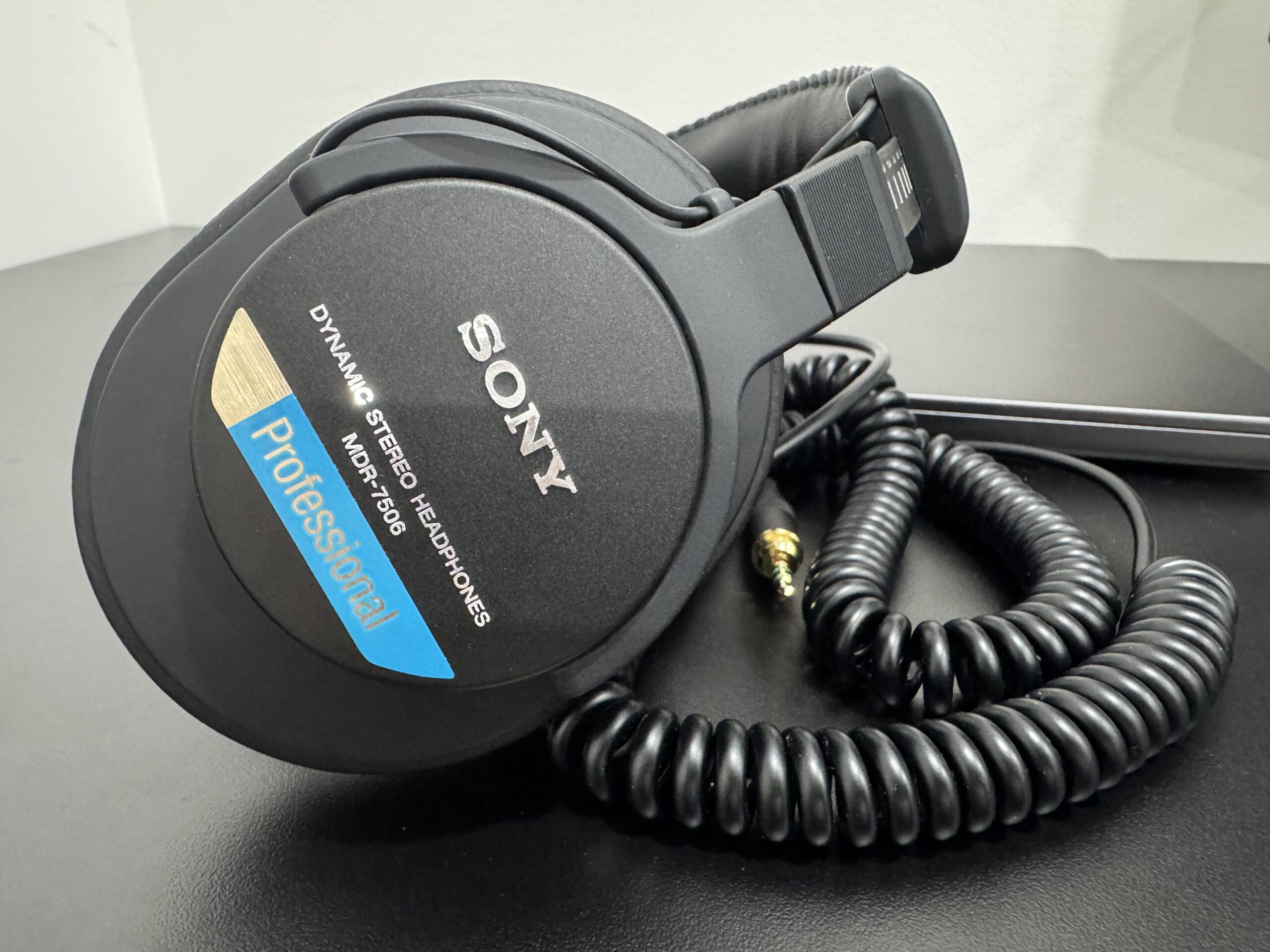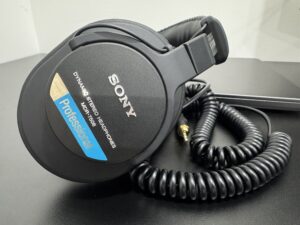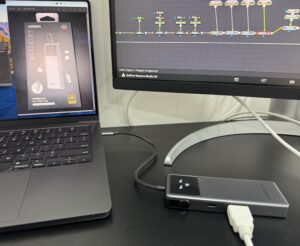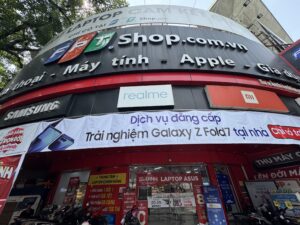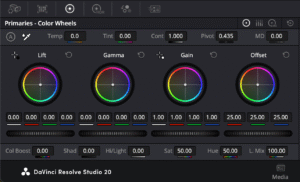Disclosure: This post may contain affiliate links. If you make a purchase through these links, I may earn a small commission at no extra cost to you.
🎧 After Much Consideration: Why I Chose the SONY MDR-7506 to Train My Ears
✅ Introduction
Once I started editing videos seriously, I realized how important it is to have headphones that let me judge sound accurately. Whether it’s background music, sound effects, or narration, a reliable pair of monitoring headphones is essential for balancing them properly.
To be honest, I didn’t even know what “monitor headphones” were at first. I used to rely on the SONY WH-1000XM5 with great noise canceling — the same model used by Shohei Ohtani. I was happy with its design and performance.
But as I got deeper into editing, I started to question: “Can I really trust what I’m hearing through these headphones?” I especially noticed something was off when editing narration or fine-tuning audio — it felt like I wasn’t hearing the details correctly.
That’s when I discovered the importance of using proper monitor headphones for editing. Thus began my journey to find the right one.
This article summarizes why I ultimately chose the SONY MDR-7506 after careful comparison. If you’re facing similar struggles, I hope it helps!
✅ Headphones I Considered
| Model | Key Features | Price (USD, approx.) |
|---|---|---|
| YAMAHA HPH-MT5 | Flat and neutral sound, stable fit | About $64 |
| audio-technica M40x | Balanced sound with slightly boosted bass | About $64 |
| AKG K240 Studio | Wide soundstage but open-backed (sound leakage) | About $58 |
| SONY MDR-7506 | Longtime standard with clear separation | About $70 |
*Conversion rate based on 1 USD = 156.0 JPY (as of August 1, 2025)
✅ Why I Chose the SONY MDR-7506
🎧 1. Trusted by Professionals Worldwide
This model has been widely used in production and broadcast studios around the world. The more reviews I read, the more I realized that many professionals rely on the MDR-7506 — and that reliability was very appealing.
🎧 2. High Resolution and Clear Sound
I could distinguish narration, BGM, and effects with clarity. It even picks up the “air” of the sound. The first time I used it, I immediately noticed how much more detail I could hear.
🎧 3. Comfortable for Long Editing Sessions
The lightweight build and soft ear pads made it very comfortable. I could work for 1–2 hours straight without any ear fatigue or discomfort.
🎧 4. Foldable and Portable
It comes with a carrying pouch, making it perfect for working at cafes or on location. Even at home, being able to tuck it away quickly is a small but helpful bonus.


✅ Things to Keep in Mind
- Since it’s a closed-back model, it can get warm in summer — take short breaks during long sessions.
- The cable is a bit long, so bundling it near your desk helps keep things neat.
- It’s not ideal for casual listening — it’s tuned for accuracy, not for fun music enjoyment.
✅ The Deciding Factor
Ultimately, the reason I chose the SONY MDR-7506 was its long-standing trust in professional settings.
I wanted to train my ears — and I felt this headphone would help me grow as an editor.
✅ Conclusion
As a beginner in video editing, choosing the right gear was a trial-and-error process. But I’ve learned that building an environment where I can hear accurately is key to improving quality — and my confidence.
The SONY MDR-7506 has a proven track record in professional settings and offers exactly what’s needed for precise editing work. As I take on more detailed audio tasks like narration and BGM mixing, I feel this headphone will become a true “partner for my ears.”
If you’re currently looking for monitor headphones, I highly recommend giving this one a serious look!

